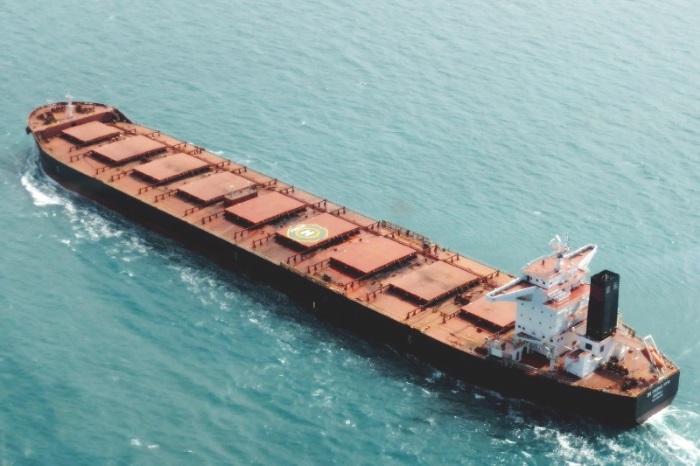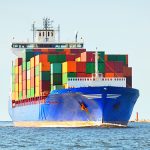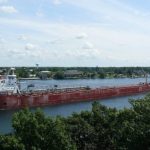Singapore’s annual bio-bunker sales continued to rise in 2024, following a steep growth trajectory and reaching a new record high of 882,830 mt, an increase of 68.4% year over year.
“Singapore grew as a multi-fuel bunkering hub in 2024. Sales of alternative fuels crossed 1 million mt for the first time, with 0.88 million mt of biofuel blends and 0.46 million mt of LNG supplied,” Singapore’s Minister of State for Law and Transport Murali Pillai said Jan. 15.
According to the latest data from the Maritime Port Authority of Singapore, the number of vessels arriving for bunker-only calls in 2024 amounted to 41,530, up 0.2% year over year and 10.3% above 2022. This is the highest number since 2016 when it totaled 42,380.
In December, bunker-only calls rose 7.5% month over month and 0.1% year over year to 3,543, the third-highest volume of the year.
The rankings of bunker suppliers within the top 10 for conventional fuel volumes sold in 2024 mostly remained unchanged from the previous year, with the exception of Glencore, which moved up from 11th place in 2023. Shell Eastern Trading, however, was relegated from the top-10 list for 2024.
On the bio-bunkers front, Chevron, Maersk Oil Trading, Minerva Bunkering and Vitol Bunkers retained their positions among Singapore’s top five biofuel bunker suppliers, with SK Energy International joining the list in 2024.
Bio-bunkers demand boost in Q4
In the fourth quarter, bio-bunker sales grew 61.9% quarter on quarter to 367,525 mt, as shipowners rushed to meet their regulatory requirements, such as Carbon Intensity Indicator, before the year-end reporting period.
Sales of bio-blended low-sulfur fuel oil and bio-blended high-sulfur fuel oil increased by 62.9% and 40.8%, respectively, compared to the third quarter.
In addition, bio-blended HSFO sales spiked in the second half of 2024, driven by heightened demand for low-carbon fuel options for scrubber-fitted vessels. The total volume sold for bio-HSFO blend during this period amounted to 81,503 mt, up from just 7,820 mt in the first half of the year.
While bio-blended HSFO sales accounted for just over 1% of total bio-bunker sales in 2023, this proportion jumped to 10.1% in 2024.
However, bio-blended LSFO remained the dominant blend type, representing 88.3% of total bio-bunker sales in 2024. More deliveries of various bio-bunker blends were also recorded last year, with sales of bio-blended marine diesel oil, marine gas oil, low-sulfur marine gas oil and ultra-low-sulfur fuel oil making up 1.5% of the total.
in December Singapore bio-bunker sales fell 7.79% month on month to 106,493 mt.
Spot demand for bio-bunkers was subdued in Decmber, with many shipowners having already fulfilled their regulatory requirements, according to market sources. Bio-bunker sales volumes were mainly supported by ongoing term contracts in December.
Bio-bunkers growth seen extending into 2025
Market participants expressed confidence in continued annual demand growth for bio-bunkers in Singapore. However, monthly sales could fluctuate depending on shipowners’ procurement patterns, a Singapore-based trader noted.
Demand at the beginning of the year is expected to be muted, as alternative methods are available for shipowners to meet their decarbonization needs initially. “[Shipowners] are able to wait until further into the year, [when they] might have a better idea of how much biofuels [they] will need,” another trader said.
Source: Platts





